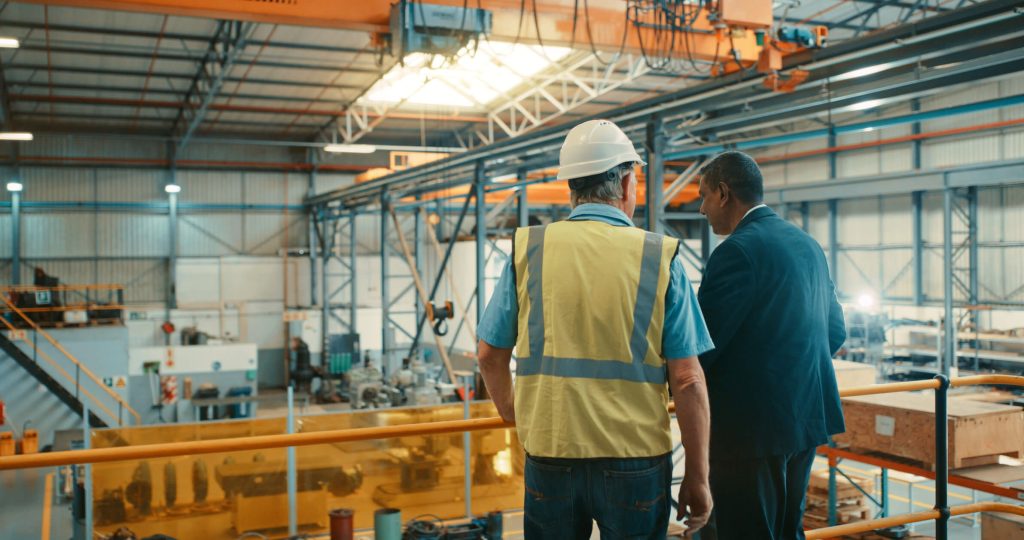TRC Case Study
TRC was involved with one case that is illuminating. It involved a client who was interested in purchasing three chemical blending facilities in the U.S., each with 80-150 employees.
During the review of the documents, it was discovered that written OSHA programs were recently developed, and employees were recently provided with safety training – an indication that regulatory compliance was not institutionalized. It was also apparent that documents and records were prepared solely for the sale of the business.
During the database review, the business was noted as having a recordable injury rate of 44 – meaning a whopping 44 of 100 employees suffered occupational injuries or illnesses that year. The average recordable injury rate for this industry was 8.1, so this business had an injury rate that was five times the industry average. That equates to hundreds of thousands of dollars in excess direct and indirect medical costs annually.
During the site visit, numerous safety issues were noted, and it was learned that no one at any of the facilities had health and safety as their primary job function.
Overall, millions of dollars in potential regulatory and safety liabilities were identified. The buyer lowered its bid, purchased the business and applied the savings to improve safety, reduce injuries and improve OSHA compliance. Had the buyer not performed a health and safety assessment of the business, it would had to have incurred these costs out of pocket, which would have negatively impacted its bottom line and profit projections.




 A due diligence site visit is one of the most important and revealing steps. Visiting the location in question enables assessment teams to analyze daily processes and safety mechanisms first-hand. While reviewing various safety documents is an important element of the due diligence process, the site visit is critical in seeing first-hand how the business is operated and how safety is managed. Sometimes the site visit will tell a very different story from the review of documents posted in the virtual data room.
A due diligence site visit is one of the most important and revealing steps. Visiting the location in question enables assessment teams to analyze daily processes and safety mechanisms first-hand. While reviewing various safety documents is an important element of the due diligence process, the site visit is critical in seeing first-hand how the business is operated and how safety is managed. Sometimes the site visit will tell a very different story from the review of documents posted in the virtual data room.

